Description
The Boss BD-2-B50A 50th Anniversary Edition Blues Driver Pedal is in New condition and made by Boss , it is a great Volume Overdrive Distortion Guitar Effect Pedal- The Boss 50th Anniversary Edition Blues Driver Pedal is a special release of the legendary drive box. Containing the creamy yet crunchy sounds that have inspired countless blues artists the Anniversary Edition comes cloaked in a shiny new metallic finish. Together with anniversary branding its sure to be a sought-after collectors item for many years to come. Immensely popular for its warm and tube-like tones the BD-2 promises classic and timeless overdrive and distortion effects. Emotive without becoming booming or blurry the BD-2 responds to nuance in dynamics and volume while simulating vintage tube amps that sing with a rich edge-of-breakup character that infused so much blues music. A must-have for fans the 50th Anniversary Edition Blues Driver is a celebration of sound that you wont want to miss! . Available from Just Pedals for only £ 119 One of the Boss staples Released by Boss in 1995 the BD-2 Blues Driver has become a staple in many guitarists pedalboards. Its reliable and versatile sound has made it a go-to choice for blues musicians as well as those playing other genres such as rock and country. The 50th Anniversary Edition is a nod to its success and longevity in the market. Collectors item With a sleek new look and limited production the Boss 50th Anniversary Edition Blues Driver Pedal is sure to be a collectors item for years to come. Whether youre a die-hard Boss fan or just looking for a unique addition to your collection this special edition pedal is bound to turn heads and hold its value over time. A classic tube amp at your feet Theres nothing quite like the warm rich tones of a classic tube amp. With the Boss 50th Anniversary Edition Blues Driver Pedal you can access that same sound right at your feet. Whether youre playing on stage or in your bedroom this pedal provides the perfect amount of overdrive and distortion to replicate that vintage tone. Specifications Product Name: Boss 50th Anniversary Edition Blues Driver Pedal Product Code: BD-2-B50A Nominal Input Level: -20 dBu Input Impedance: 1 M ohms Nominal Output Level: -20 dBu Output Impedance: 1 k ohms Equivalent Input Noise Level: -118 dBu (IHF-A Typ.) Connectors: INPUT Jack OUTPUT Jack AC Adaptor Jack (DC 9 V) Power Supply: DC 9 V: Dry Battery 9 V type (6F22/9 V) AC Adaptor 9 mA (DC 9 V) Accessories: Dry Battery 9 V type (6F22/9 V) Dimensions: (W) 73 mm 2-7/8 inches (D) 129 mm 5-1/8 inches (H) 59 mm 2-3/8 inches Weight (incl. battery): 0.4 kg 0 lbs. 15 oz.
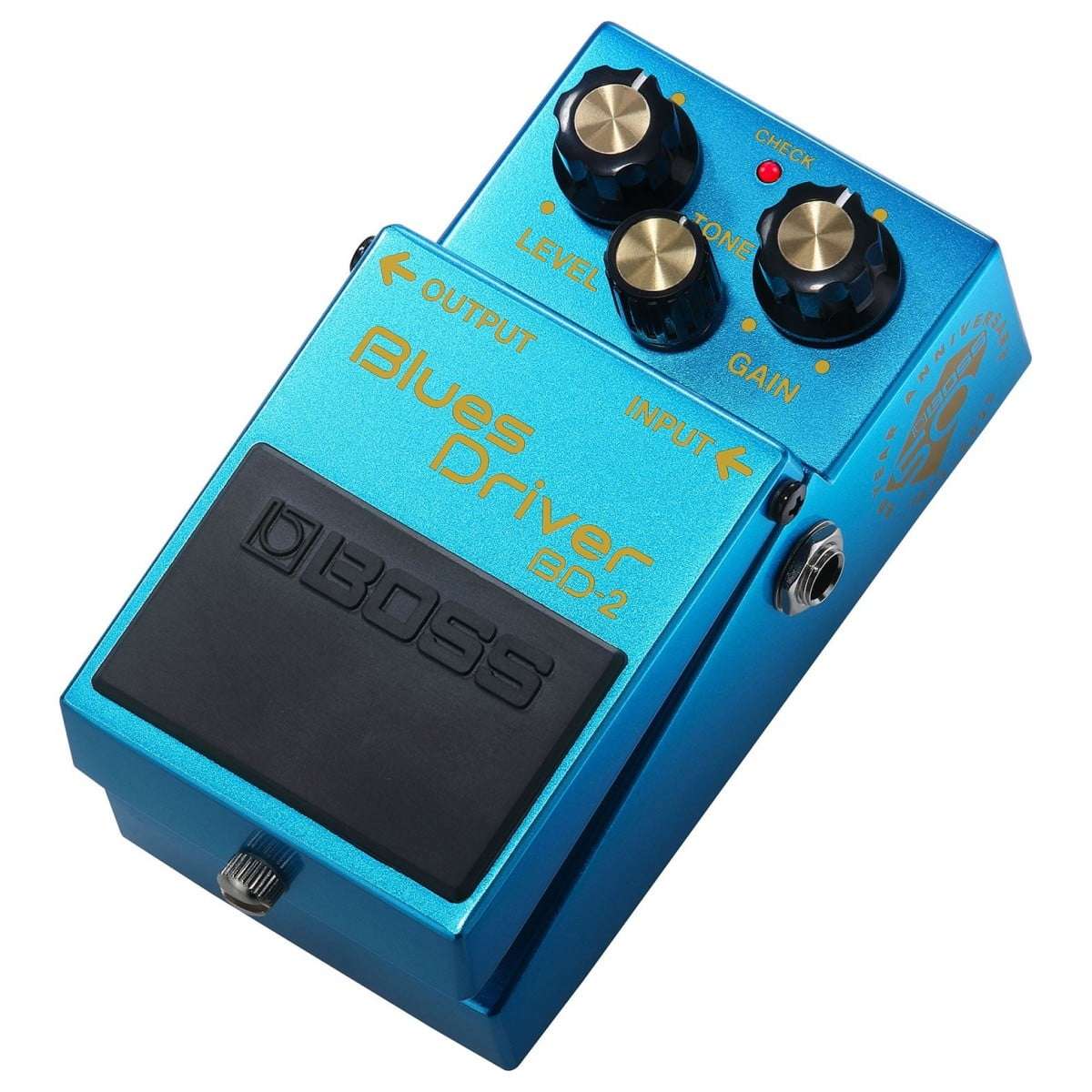

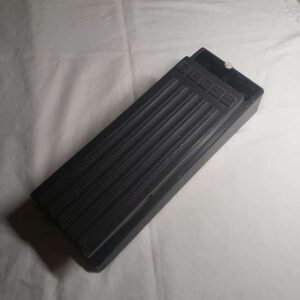
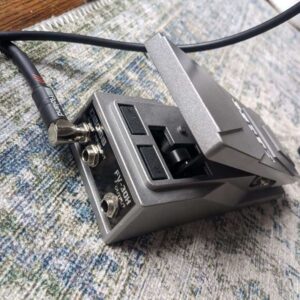

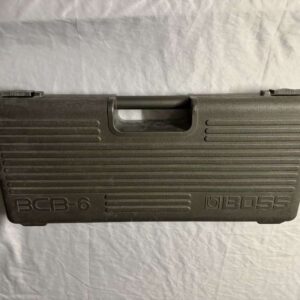
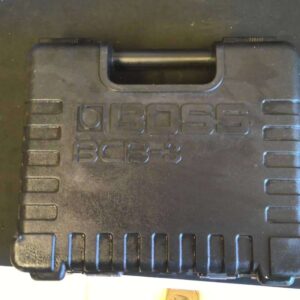
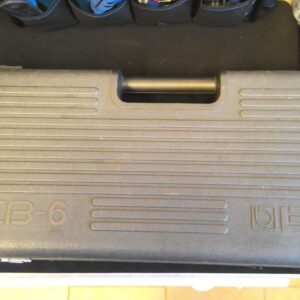
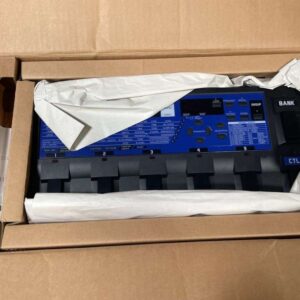

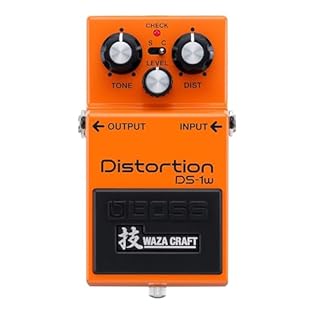

![🎸[2 overdrive modes] Warm: The classic TS overdrive sound replica. Hot: More powerful, a louder, tightened sound. 🎸[Style-type] Combining iconic vintage tube overdrive sound with wide dynamic range, Donner overdrive pedal gives you a wide tonal range...](https://m.media-amazon.com/images/I/41D+0SY95yL._SL313_.jpg)
